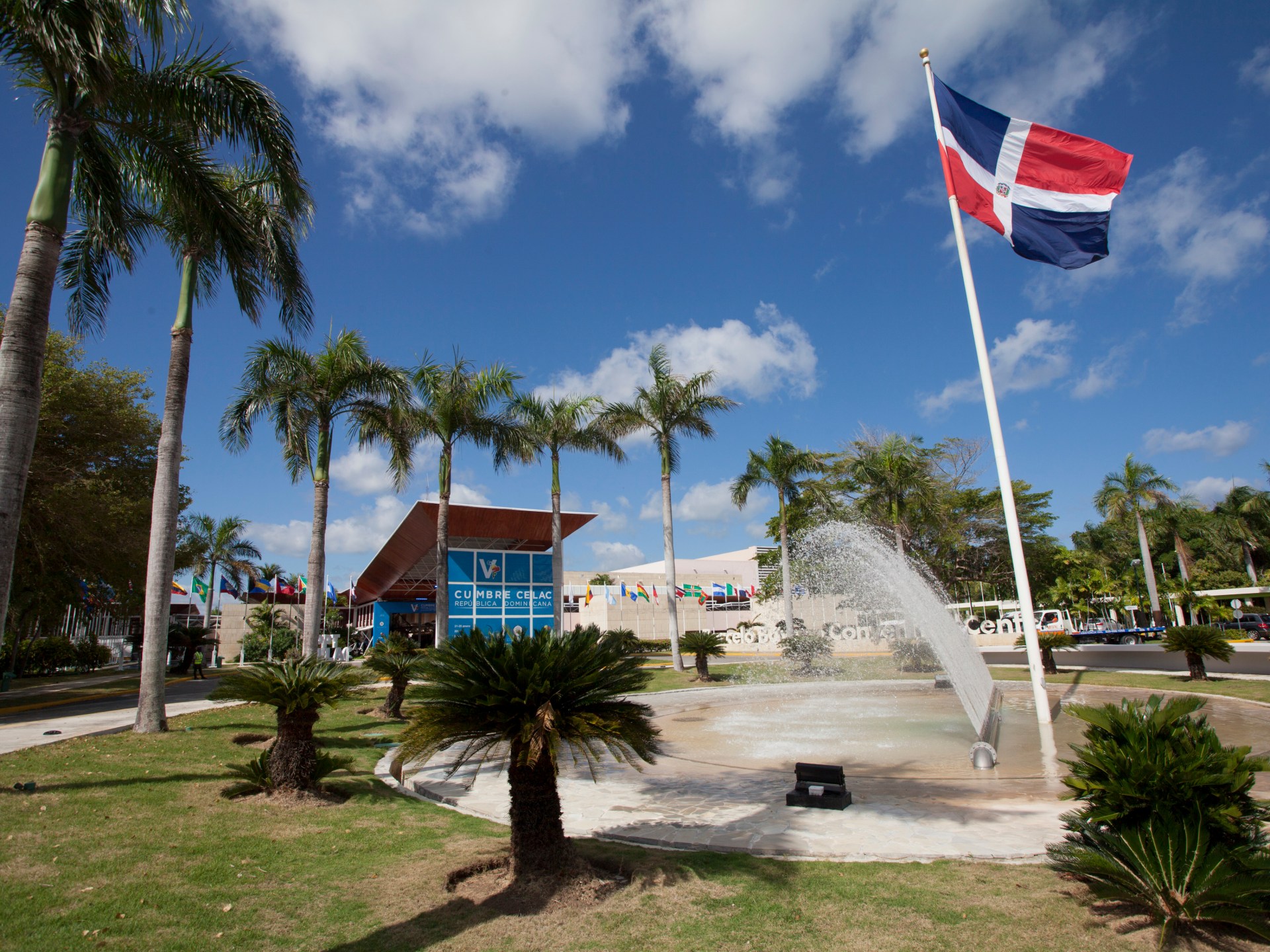Dominican Republic to trial four-day work week: Can it work globally? | Labour Rights News
In February, the Dominican Republic will become the first Caribbean nation to test a four-day work week, following similar trials in countries such as the United Kingdom.
The six-month pilot will be voluntary for companies and will not involve a pay cut for participating employees.
Growing calls for a shorter work week have stemmed from COVID-19-era discussions and anecdotes that long and in-person work hours do not necessarily guarantee higher productivity.
So what is the four-day work week trial in the Dominican Republic, and has it had success elsewhere?
What is the Dominican Republic’s four-day work week trial?
Beginning in February, organisations in the Caribbean nation can choose whether to implement a six-month-long trial of a four-day work week.
The standard week will drop to 36 hours from 44 hours, typically running from Monday through to Thursday. Employees will continue to earn the same salaries.
Some of the companies expected to participate in the trial run include the government’s national health insurance agency; power company EGE Haina; Claro, a Latin American telecommunications company; and IMCA, a heavy equipment business.
A local university has been tasked with analysing the results, including any health changes in workers and the relationship between work and their personal lives.
How does a four-day work week actually … work?
In a four-day work week, the workload typically remains the same. But companies, managers and their teams are forced to prioritise even more than they otherwise have to, cutting out, perhaps, some meetings.
But there’s something else too that a four-day week model must emphasise, according to the Dominican Republic’s Labour Minister Luis Miguel de Camps.
“It prioritises people, improving health and wellbeing, and promoting a sustainable and environmentally friendly productivity,” said de Camps.
Where has a four-day work week been trialled — and what happened?
Several countries around the world have tested or legislated a four-day work week, particularly since COVID-19, which reignited conversations around workplace flexibility, productivity, and work-life balance.
In 2023, the UK launched what is considered the largest trial of a four-day work week and found positive results. A total of 61 companies joined the trial, and 56 extended it, with 18 making the switch permanent.
About 2,900 employees were part of the pilot in the UK. Surveys taken before and after the trial found reduced stress levels within staff.
More than half of the surveyed employees said it was easier to balance work and home responsibilities, while 40 percent also said they were sleeping better.
Some of the other benefits that emerged from the UK trial included:
- Employees ended up taking less sick leave since they had more time to physically and mentally recuperate from work and associated stress.
- Gender parity improved. Men contributed more to household and family tasks when they had three-day weekends.
In Japan, where death by overwork killed close to 3,000 people in 2022, larger companies such as Microsoft have tested the four-day work week and found positive results.
Are there other success stories?
Iceland trialled a shorter work week between 2015 and 2019. Approximately 2,500 public sector employees participated in it.
The results: Workers were less stressed, and productivity did not suffer.
The trial, that Iceland’s labour unions renegotiated contracts for more than 85 percent of the country’s workforce to reduce work hours.
But are all four-day work weeks the same?
In February 2022, Belgium became the first European country to legislate a shorter work week. Employees can choose to work four days a week instead of five, without losing their salary.
But there’s a catch: They must still work 40 hours. In other words, those who choose the four-day work week must work 10 hours a day.
In 2021, the United Arab Emirates government announced that all public sector organisations would operate for four and a half days per week. However, employees in the country still spend some of the highest hours at work, at an average of 52.6 hours per week per employed person.
How about going longer rather than shorter?
In India, recent calls for a 70-hour week have sparked heated debate.
In 2023, Narayana Murthy, the iconic co-founder of Indian multinational technology company Infosys, made the recommendation saying it could boost productivity and the country’s economy.
India’s economy is already the fastest-growing among G20 nations. And Indians already work an average of 47.7 hours a week, which is higher than the 36.4 average in the United States or 36.6 in Japan, according to the International Labour Organisation.
In China, some firms practice a “996” work culture, in which employees work from 9am to 9pm, six days a week. The average work week, however, is 46.1 hours.
Still, Murthy suggested that the younger generation is not hardworking enough.
“India’s work productivity is one of the lowest in the world. Our youngsters must say: This is my country, I want to work 70 hours a week,” he said during a podcast. India’s labour unions have hit back at Murthy’s comments.
Check out our Latest News and Follow us at Facebook
Original Source







